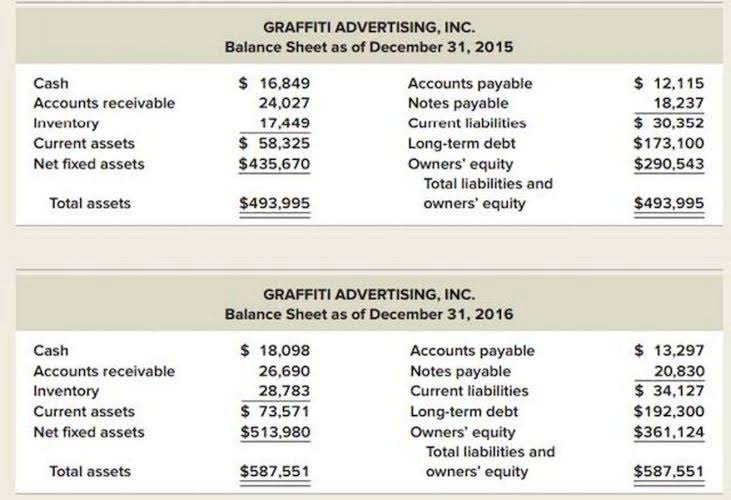10 junio, 2022

Accounting errors come in various forms, each with its own set of characteristics and implications. Understanding the type of error is the first step in the correction process, as it influences the method of rectification and the potential impact on financial statements. Accounting errors are unintentional bookkeeping errors and are sometimes easy to identify and fix. For example, if the debits and credits don’t add up to the same amount in the trial balance, an accountant can easily see what account is inaccurate. The trial balance is a type of worksheet that accountants use to record the debit and credit entries. The totals from the trial balance are later carried over onto the financial statements at the end of the reporting period.

Have a consistent process
Organizations usually recognize this error from incorrect how to correct accounting errors trial balances or reconciliation statements. The best way to prevent this mistake is to double-check entries and use accounting software for automating transaction recording. Incorrect accounting data makes it difficult for organizations to analyze cash flow and make informed decisions. Moreover, inaccurate financial statements impact an organization’s relationship with suppliers, investors, and customers.

Principle errors
Later, they carry over the trial balance to financial statements and balance sheets at the end of an accounting period. Identifying errors becomes tricky for accountants when the trial balance remains balanced despite accounting errors. The role of auditors in the error correction process is multifaceted, extending beyond the mere identification of discrepancies.
PROFESSIONAL SERVICES FIRMS
- Debit the additional $50 to the cash account and credit $50 to the accounts receivable account.
- This step is critical in aligning the company’s financial records with the reality of its financial position and performance.
- This system requires you to input financial data in at least two separate accounts.
- You must manage your digital records with as much care as you would paper records.
- The process of identifying and correcting these inaccuracies is not only a matter of regulatory compliance but also one of maintaining trust in the financial reporting system.
- These entries should be crafted with precision, ensuring that each debit and credit reflects the necessary adjustments to rectify the error.
A bank reconciliation is a comparison of a company’s internal financial records and transactions to the bank’s statement records for the company. The use of double-entry bookkeeping also lets you come up with accurate reports. This system requires you to input financial data in at least two separate accounts.
- But, they serve as proof for the digits in your financial books.
- Accounting changes and error correction is a pronouncement made by the Financial Accounting Standards Board (FASB) and the International Accounting Standards Board (IASB).
- Certain services available through Brex may be provided by Brex Payments LLC (NMLS # ), an affiliate of Brex and a licensed money transmitter.
- The operating expenses are the day-to-day expenses and wouldn’t include a fixed-asset purchase.
- Robson Corporation shows two comparative years, 2011 and 2012, on its statement of retained earnings.
So, you’re probably going to make accounting mistakes (especially when you’re just starting out) at some point. To help find errors in your books, have someone else review your work. For those of you who don’t know what an audit trail is, here’s a brief summary. An audit trail is a set of documents that confirm the transactions you record in your books. When you record transactions in your accounting books, you base the entries on your company’s purchases, sales, and expenses.
How to spot and prevent common accounting errors?
This wrong amount is reflected in other accounts for specific transactions. As a result, accounts remain in balance but for incorrect amounts. Accounting errors are mistakes that are made in previous financial statements. This can include the misclassification of an expense, not depreciating an asset, miscounting inventory, a mistake in the application of accounting principles, or oversight.
What are the most common types of accounting errors & how do they occur?

Incorrect numbers, digits in the wrong order, and words instead of numbers are examples of original entry error. Software and cloud versions are continually being improved to simplify the entire accounting process. Cloud-based systems update automatically, desktop software requires a purchase every several years to stay up to date.
What Are the Common Types of Accounting Errors?
Another mistake to avoid, that may seem obvious on paper but can often be forgotten, is failing to back up data. Well let’s say for example that all of your financial records are tied to one finance member’s accounts. When they retained earnings leave for vacation, or take on another role, you have no access to that data. Even worse, you are more susceptible to cyberattacks or losing everything from a damaged hard drive.
